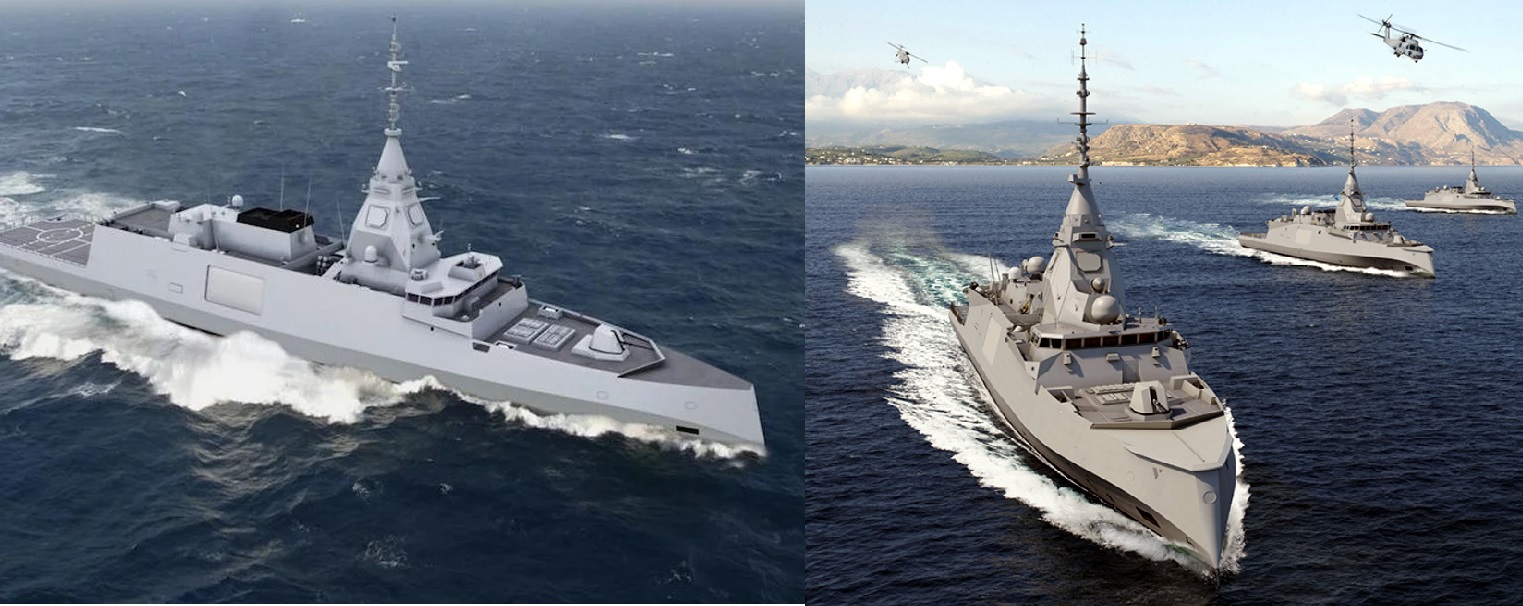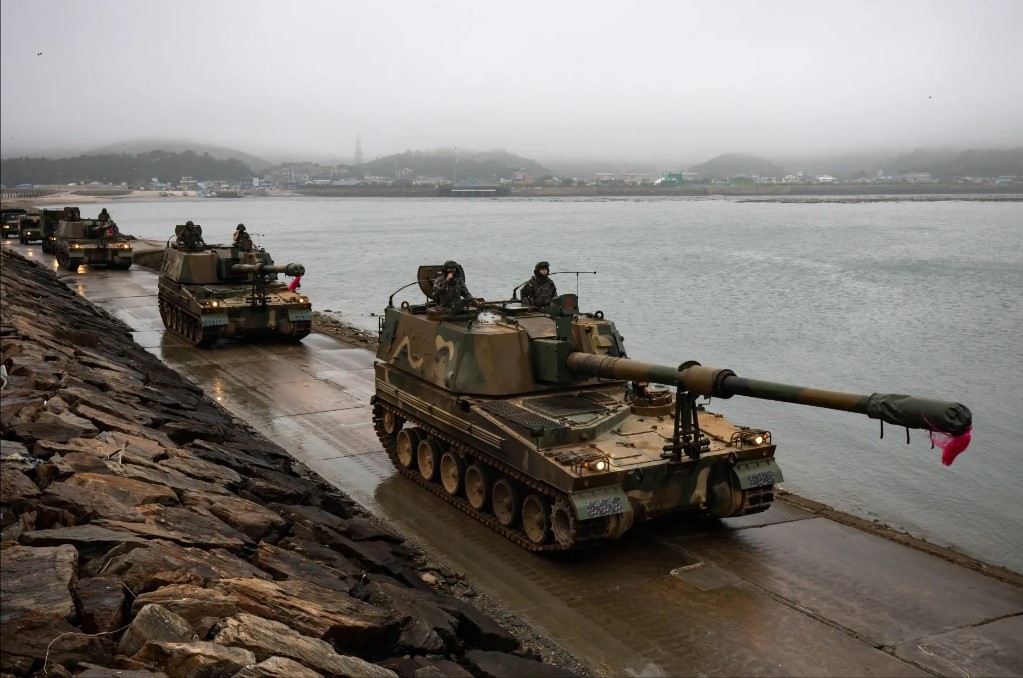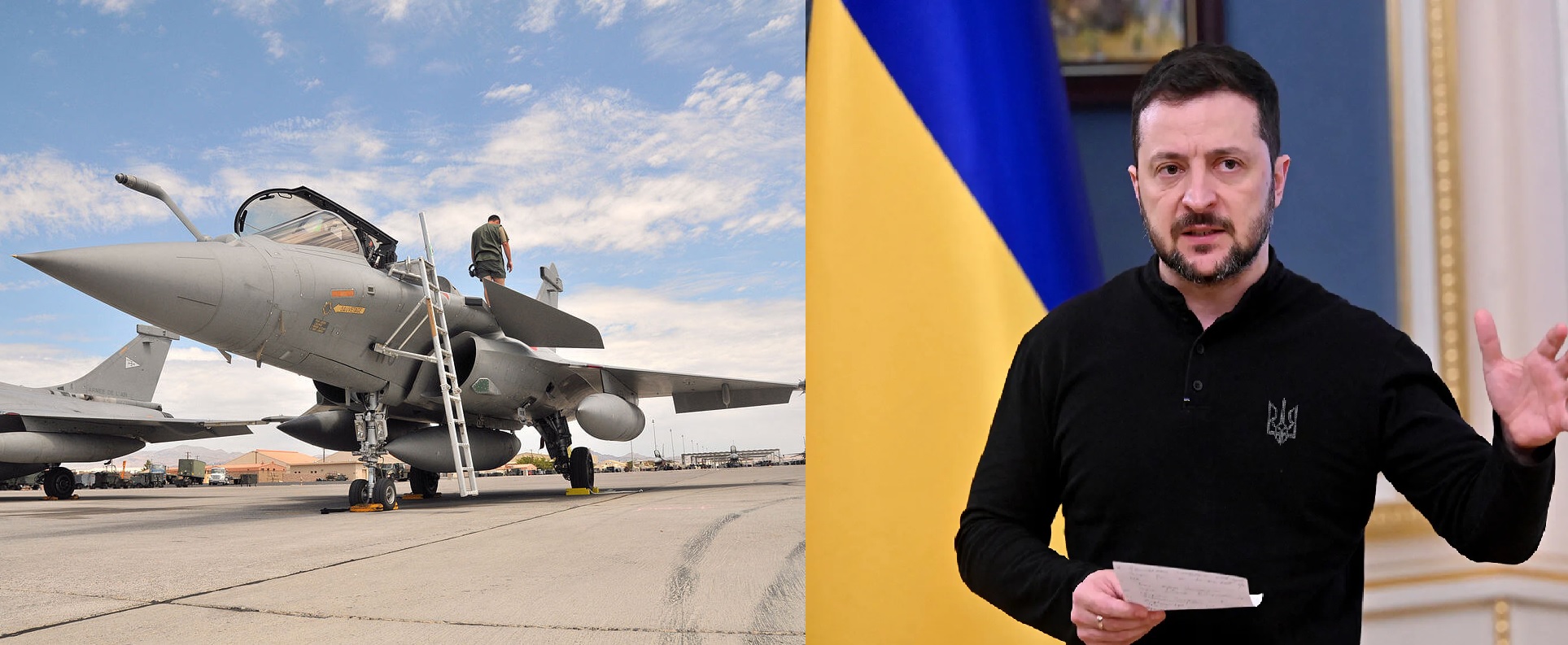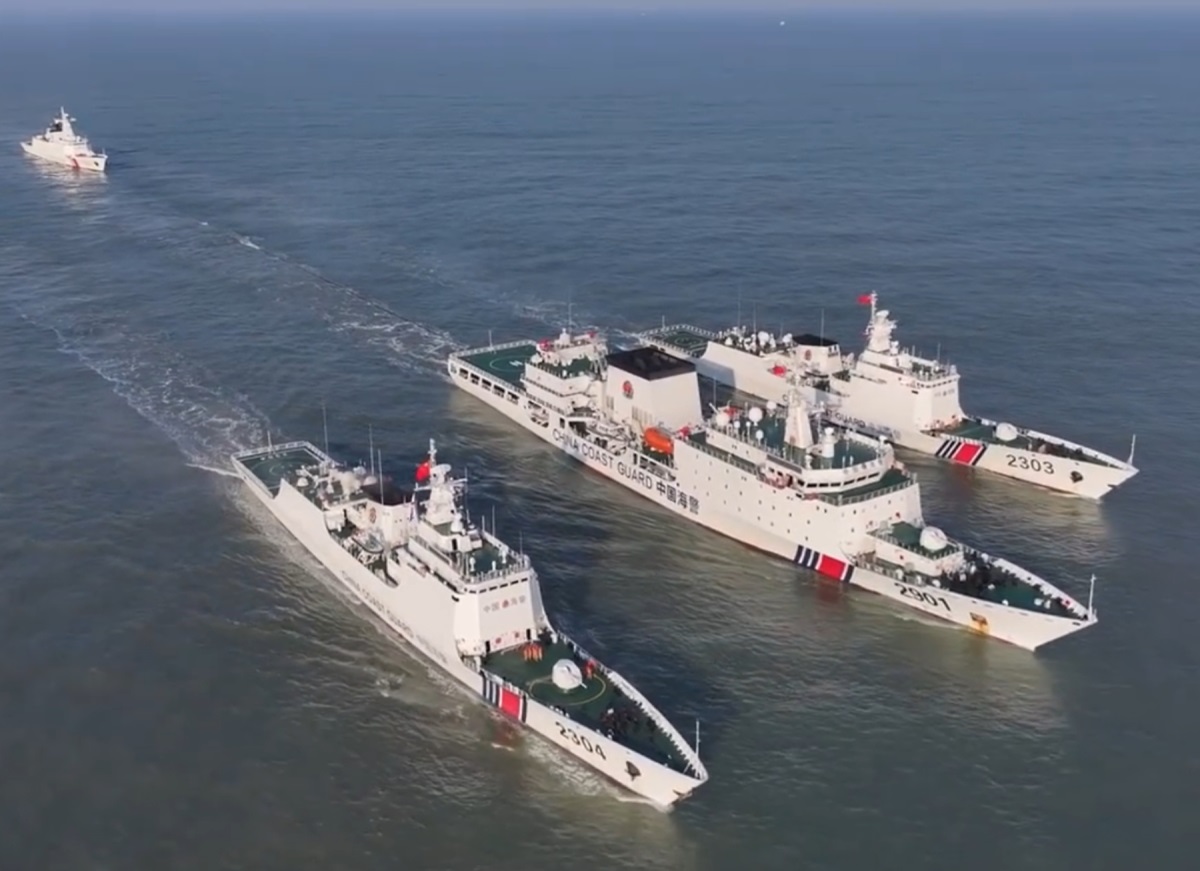Russia’s Burevestnik Test Alarms Analysts: Israeli Experts Claim NATO “Has No Chance” in a War Scenario
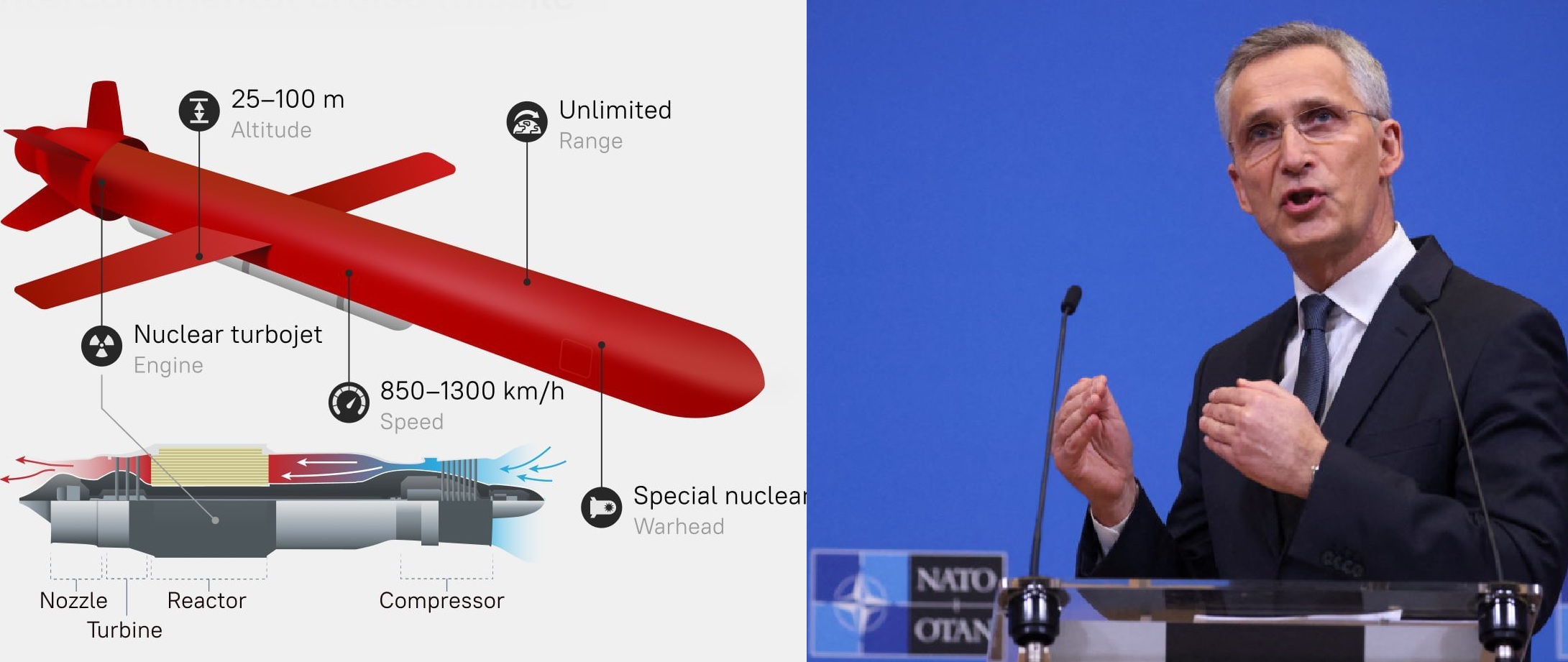
Fresh concerns about European security have intensified after Israeli military experts warned that if a war erupted between Russia and NATO, the alliance would have “no chance” against Moscow’s expanding portfolio of advanced strategic weapons. Their assessment gained momentum following reports that Russia’s highly secretive 9M730 Burevestnik—designated by NATO as the SSC-X-9 “Skyfall”—has recently completed one of its most ambitious tests to date.
According to intelligence assessments, the missile conducted a 15-hour continuous flight, covering approximately 14,000 kilometers, an unprecedented demonstration of endurance for a nuclear-powered cruise missile. Its range is theoretically unlimited, with Russian engineers claiming the system could remain airborne for months, waiting for the optimal moment to strike.
Burevestnik: A Missile Built to Evade NATO
The Burevestnik stands out as one of the most ambitious weapons in Russia’s arsenal—a nuclear-powered, low-altitude, nuclear-armed cruise missile designed to bypass traditional air and missile defenses. Its miniature nuclear reactor allows it to maneuver unpredictably, approach targets from unconventional directions, and exploit gaps in radar coverage across the Arctic, Atlantic, and European airspace.
Israeli defense analysts argue that NATO’s missile-defense architecture—optimized for ballistic threats and conventional cruise missiles—has no reliable counter to a weapon capable of unlimited-range flight, extended loitering, and near-random routing.
“This system removes the concept of a secure rear area,” an Israeli expert noted. “If operational, it undermines NATO’s assumptions about reinforcement, basing, and strategic depth.”
Oreshnik Deployment Adds to Strategic Tensions
Compounding NATO’s concerns, Belarus has announced plans to deploy the Oreshnik hypersonic medium-range missile in December, according to spokesperson Natalia Eismont, speaking on behalf of President Aliaksandr Lukashenka. Belarus claims the deployment is a direct response to what it calls Western escalation in the region.
The Oreshnik’s introduction places another hypersonic system close to NATO borders, reinforcing Russia and Belarus’s integrated military posture and giving Moscow additional strike options in Central and Eastern Europe.
Western officials view the deployment as part of a coordinated effort to expand pressure on NATO’s eastern flank, especially at a time when NATO’s air- and missile-defense networks are already stretched.
Poseidon: Another Unconventional Threat Looming
According to internal NATO assessments, the alliance is increasingly concerned about Russia’s Poseidon nuclear-powered submarine drone—another unconventional system expected to reach operational capability by 2030.
Poseidon, a massive autonomous underwater vehicle, is believed to have exceptional endurance and global range, enabling it to target strategic locations such as:
-
Naval bases
-
Major ports and harbors
-
Coastal cities
The system is designed to deliver a high-yield nuclear warhead, theoretically capable of generating radioactive tsunamis and devastating coastal infrastructure across the U.S. East Coast, the Pacific, the UK, and France.
NATO’s internal report describes Poseidon as a major future threat due to its survivability, stealth, and destructive potential.
The Rapid-Strike Scenario Worries Analysts
Taken together—the Burevestnik, the Oreshnik deployment, and the looming Poseidon drone—Israeli experts argue that NATO faces a qualitatively new challenge.
In a full-scale conflict, Russia could combine:
-
Hypersonic missiles
-
Nuclear-powered cruise missiles
-
Underwater strategic drones
-
Traditional ballistic and cruise-missile systems
These weapons, they warn, could disable NATO command hubs, ports, runways, air bases, and reinforcement corridors in the opening phase of a conflict.
If systems like Burevestnik can remain airborne for weeks or months, NATO must consider the possibility of persistent airborne nuclear threats, a scenario not factored into Cold War-era planning.
Safety Doubts and Operational Questions Remain
Despite the concern surrounding Russia’s advanced weapons, Western intelligence officials stress that many of these systems—particularly Burevestnik—have experienced technical setbacks, including failed tests and a deadly reactor accident in 2019.
Analysts caution that the number of deployable Burevestnik missiles may remain small due to the system’s complexity, safety risks, and logistical demands. They also emphasize that NATO retains overwhelming advantages in economic strength, conventional forces, and nuclear strike capability.
NATO’s Official Response: Confidence Mixed With Caution
Publicly, NATO leaders maintain confidence in the alliance’s deterrent posture. They underscore that NATO’s collective nuclear forces remain fully capable of devastating retaliation, and its conventional forces are technologically superior to Russia’s.
Privately, however, NATO planners acknowledge that the Burevestnik test, Belarus’s Oreshnik deployment, and Russia’s progress on Poseidon collectively introduce new layers of strategic uncertainty.
The alliance is now reviewing aspects of:
-
Early-warning architecture
-
Integrated air and missile defense
-
Transatlantic reinforcement planning
-
Arctic and North Atlantic security
A New Era of Strategic Competition
Russia’s continued testing and deployment of unconventional systems—ranging from nuclear-powered cruise missiles to hypersonic weapons and autonomous underwater drones—signals a shift in global military dynamics.
Whether these systems exist in significant numbers or remain limited prototypes, their development forces NATO to adapt to a new era in which deterrence, early warning, and crisis management must account for weapons that break traditional patterns.
The Burevestnik missile—NATO’s SSC-X-9 “Skyfall”—may not make Russia invincible, but its successful flights mark a significant escalation in the strategic competition shaping the future of European and global security.
✍️ This article is written by the team of The Defense News.
